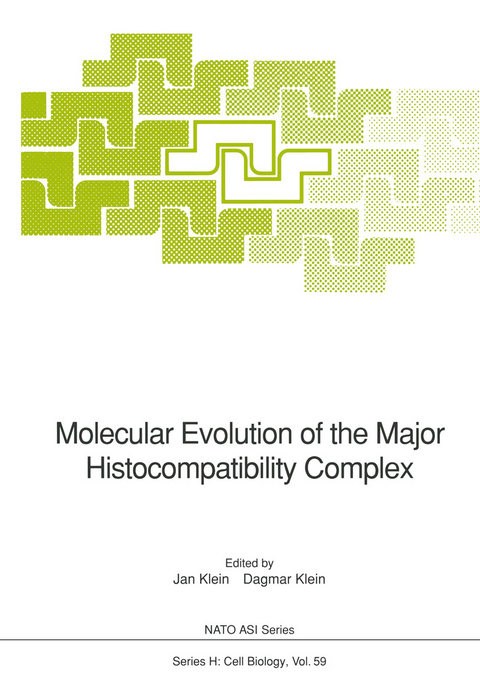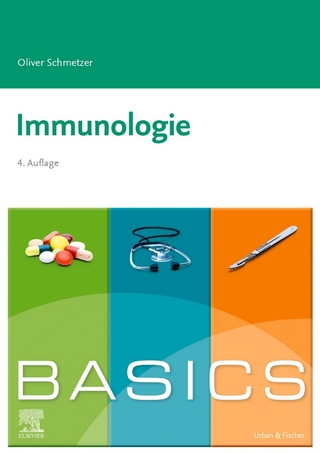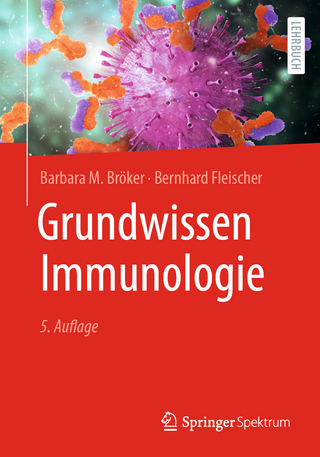
Molecular Evolution of the Major Histocompatibility Complex
Springer Berlin (Verlag)
978-3-642-84624-3 (ISBN)
From molecules to populations and back In biology, the most vigorous organisms often ensue from a union of two disparate, pure lines. In science, too, laws of hybrid vigor seem to operate at the interface between two disciplines, an interface that often proves to be fertile ground for germinating concepts and new outlooks. The fringes of research into the major histocompatibility complex (Mhc) have provided such an interface several times in the past and the encounters have invigorated fields such as transplantation biology, cellular immunology, and immunogenetics. In the last few years, a new interface has been emerging between Mhc and evolutionary genetics, and particularly the branch of evolutionary genetics dealing with molecular evolution. Mhc research relies upon molecular evolutionary genetics, with its grand superstructure of mathematical formulations, to come to grips with the events leading to and maintaining the Mhc polymorphism. Without the armament of rigorous statistical procedures developed by evolutionary geneticists, the intricate relationships among Mhc genes cannot be resolved. It will undoubtedly be a molecular geneticist who is the final arbiter in the dispute concerning the nature of the selection pressure molding the Mhc genes. And it is doubtful whether the true function of Mhc can ever be comprehended without the vantage point afforded by the elucidation of its evolutionary history.
Organization and evolution of the MHC chromosomal region: An overview.- Reconstruction of phylogenetic trees and evolution of major histocompatibility complex genes.- Trans-species polymorphism of HLA molecules, founder principle, and human evolution.- Calibrating evolutionary rates at major histocompatibility complex loci.- Concerted mutagenesis: Its potential impact on interpretation of evolutionary relationships.- Two models of evolution of the class I MHC.- Evolution of MHC domains: Strategy for isolation of MHC genes from primitive animals.- Generation of allelic polymorphism at the DRB1 locus of primates by exchange of polymorphic domains: A plausible hypothesis?.- A phylogenetic investigation of MHC class II DRB genes reveals convergent evolution in the antigen binding site.- Diversification of class II A? within the genus Mus.- Molecular and genetic mechanisms involved in the generation of Mhc diversity.- Evidence for multiple mutational mechanisms which generate polymorphism at H-2K.- Contributions of interlocus exchange to the structural diversity of the H-2K, D, and L alleles.- Evolution of Great Ape MHC class I genes.- Evolution of New World primate MHC class I genes.- Polymorphisms of the major histocompatibility complex in Old and New World primates.- Mhc class I genes of New World monkeys and their relationship to human genes.- Selective inactivation of the primate Mhc-DQA2 locus.- Is DQB2 functional among nonhuman primates?.- Alu repeats and evolution of the HLA-DQA1 locus.- The Alu repeats of the primate DRB genes.- Interpreting MHC disequilibrium.- Frozen haplotypes in Mhc evolution.- The age and evolution of the DRB pseudogenes.- Organization and evolution of the HLA-DRB genes.- The MHC of Peromyscus Leucopus (Mhc-Pele) illustrates large- andsmall-scale expansion in the phylogeny of MHC loci.- Sequence and evolution of bovine MHC class I genes.- Evolution of MHC molecules in nonmammalian vertebrates.- The polymorphic B-G antigens of the chicken MHC - Do the structure and tissue distribution suggest a function?.- Evolution of primate C4 and CYP21 genes.- Mapping of a hot spot in the major recombination area of the mouse H-2 complex.- Conservation versus polymorphism of the MHC in relation to transplantation, immune responses, and autoimmune disease.- HLA associations with malaria in Africa: Some implications for MHC evolution.- The evolution of MHC-based mating preferences in Mus.- Possible MHC associated heterozygous advantage in wild mouse populations.- Antigen presentation by neoclassical MHC class I gene products in murine rodents.- Mls antigens (superantigens), class II MHC, and Tcr repertoire: Co-adaptive evolution.- Diversity and evolution at the Eb recombinational hotspot in the mouse.- Molecular dissection of the Eb recombinational hotspot in the mouse.- Molecular cloning of nurse shark cDNAs with high sequence similarity to nucleoside diphosphate kinase genes.- Author Index.
| Erscheint lt. Verlag | 15.12.2011 |
|---|---|
| Reihe/Serie | Nato ASI Subseries H: |
| Zusatzinfo | XIII, 509 p. |
| Verlagsort | Berlin |
| Sprache | englisch |
| Maße | 170 x 242 mm |
| Gewicht | 899 g |
| Themenwelt | Studium ► Querschnittsbereiche ► Infektiologie / Immunologie |
| Naturwissenschaften ► Biologie ► Zellbiologie | |
| Schlagworte | Activation • Antigen • Antigen presentation • autoimmune disease • chromosome • Evolution • Gene • Histocompatibility • Histokompatibilität • immune response • Immunologie • immunology • major histocompatibility complex • Malaria • Molecular Evolution • Molekulare Evolution • Mutation • Phylogenie • Phylogeny • Polymorphism • tissue • Transplantation |
| ISBN-10 | 3-642-84624-6 / 3642846246 |
| ISBN-13 | 978-3-642-84624-3 / 9783642846243 |
| Zustand | Neuware |
| Haben Sie eine Frage zum Produkt? |
aus dem Bereich


